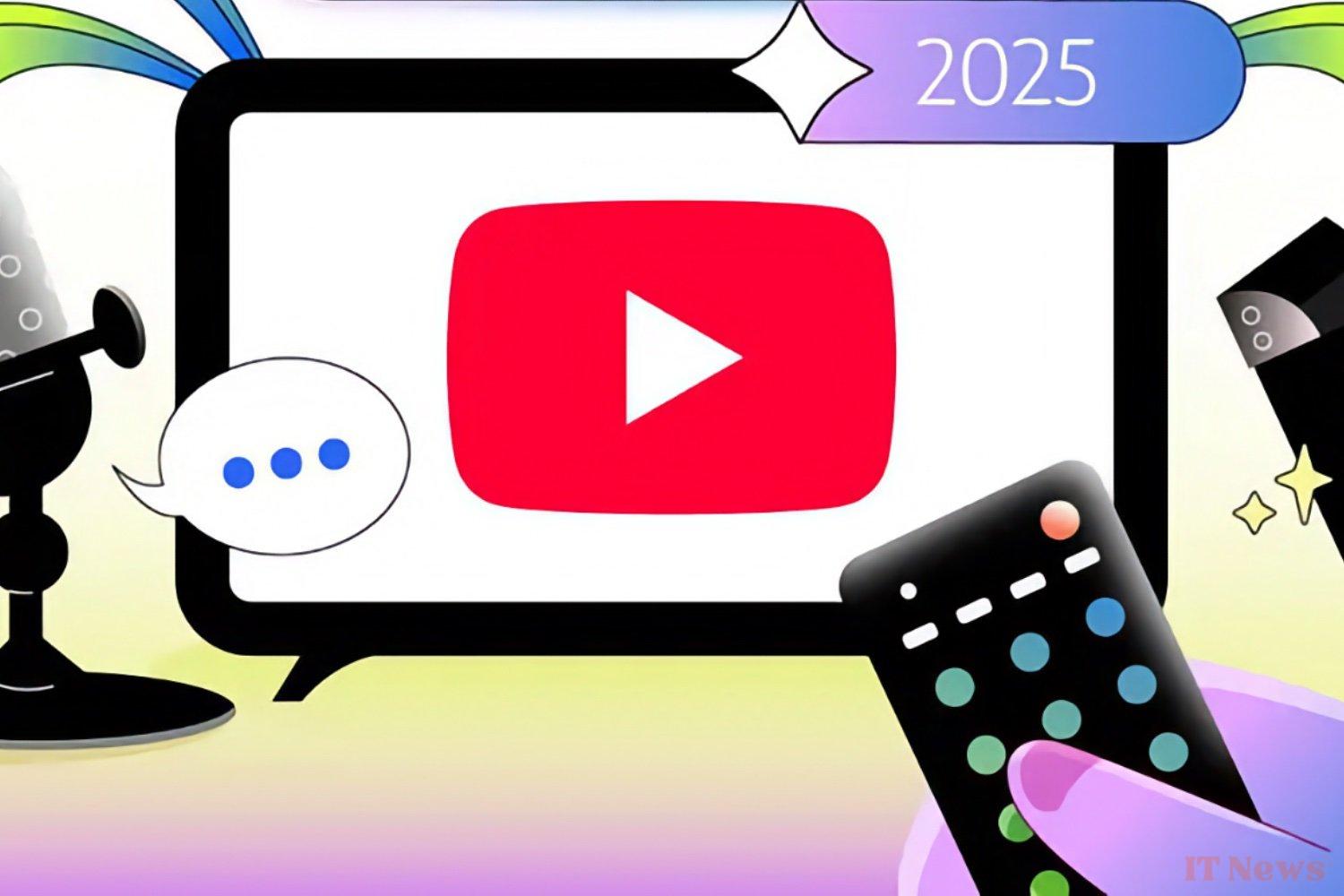YouTube wants to be like the Prime Video app. Amazon's platform has become the preferred showcase for many viewers: not only can you find programs produced by Prime Video, but also those from dozens of channels and streaming services that you can subscribe to simply - payment is made via your Amazon account, which also receives a small commission. And the search engine aggregates all this content. No more need to switch from one app to another to find a particular show or movie.
The Prime Video app in YouTube's sights
There are other platforms that offer a similar operation: Apple TV, Google TV, Roku, Canal+... but Amazon's commercial power is incomparable. YouTube also launched into this niche at the end of 2022, selling subscriptions to other streaming services. On paper, it was a very good idea: YouTube becomes a single portal to see the videos of your favorite creators and the latest episode of your favorite TV series. Without having to dig right and left. left: a single showcase, in short.
The problem, as we learn from the media The Information, is that the integration between YouTube's free content and these subscription services has been very difficult. So much so that they have been relegated to a separate page, very little frequented. Many - including us! - learned of the existence of these "Primetime channels" with the recent integration of Crunchyroll.
YouTube has clearly found the trick. The platform is indeed planning a redesign of its TV application that should look more like Netflix or Disney+. The viewer will be greeted by rows of content where paid services will be better integrated into the home page, alongside carousels of free videos.
This redesign, expected in the coming months, should solve this problem once and for all. And allow YouTube to collect juicy commissions on subscription sales. If the platform is an advertising behemoth, the growth of advertising is reaching its limits. It is now a question of diversifying sources of income, hence: the emphasis on YouTube Premium subscriptions (which incidentally justifies the war against ad blockers). Of the $50 billion in revenue generated last year, $15 billion came from subscriptions.
That's enough to whet some appetites at Google, and provide the means to refresh the interface of the YouTube app for TVs. This will also allow creators to better organize their content by episodes and seasons, the Netflix way.
Source: The Information




0 Comments